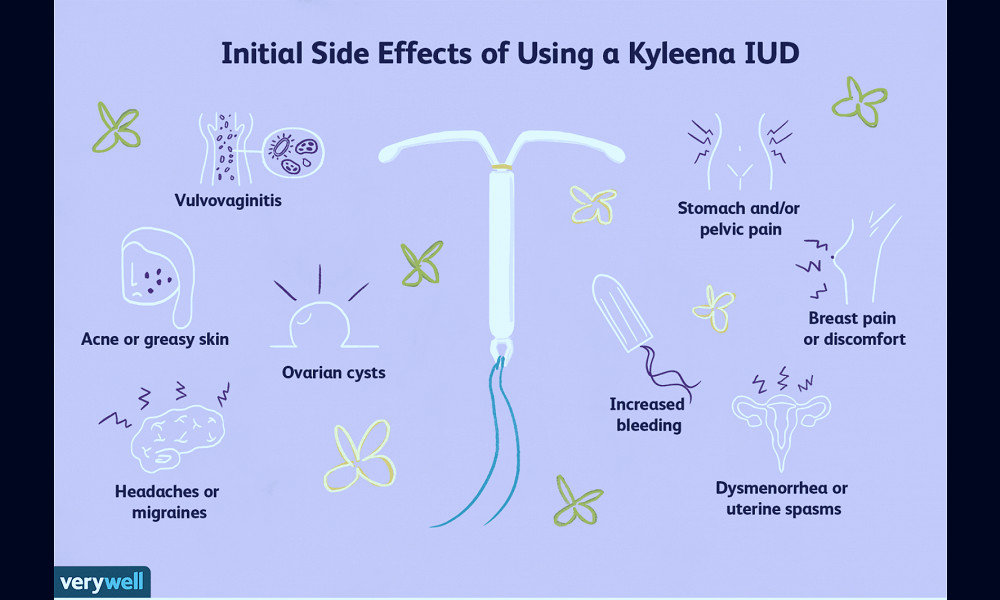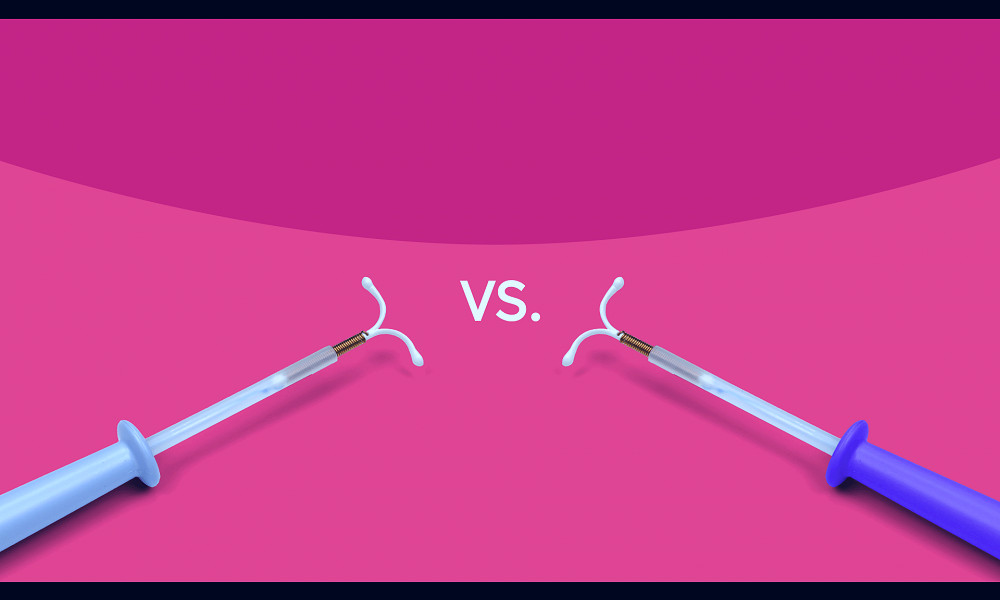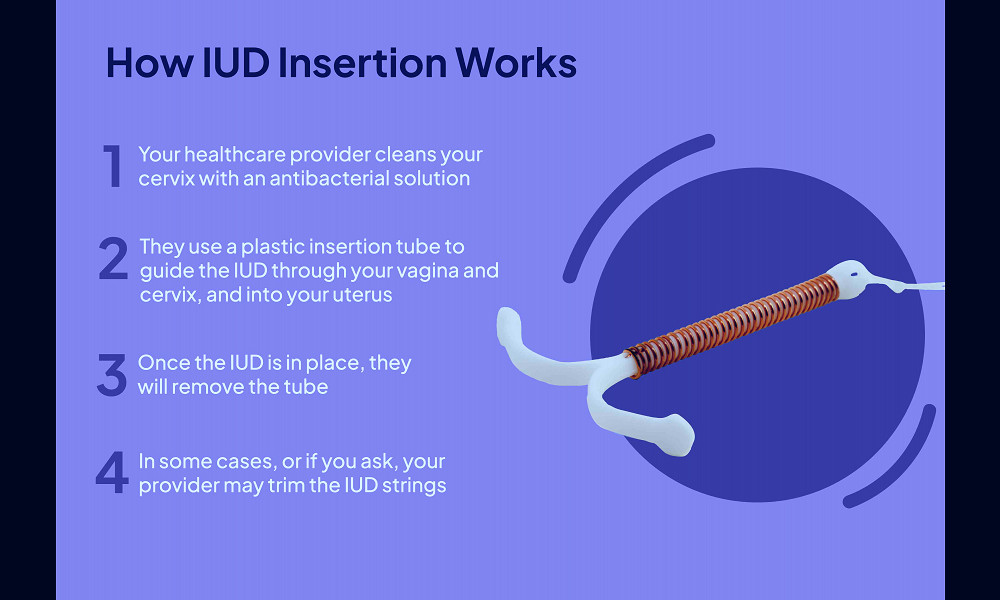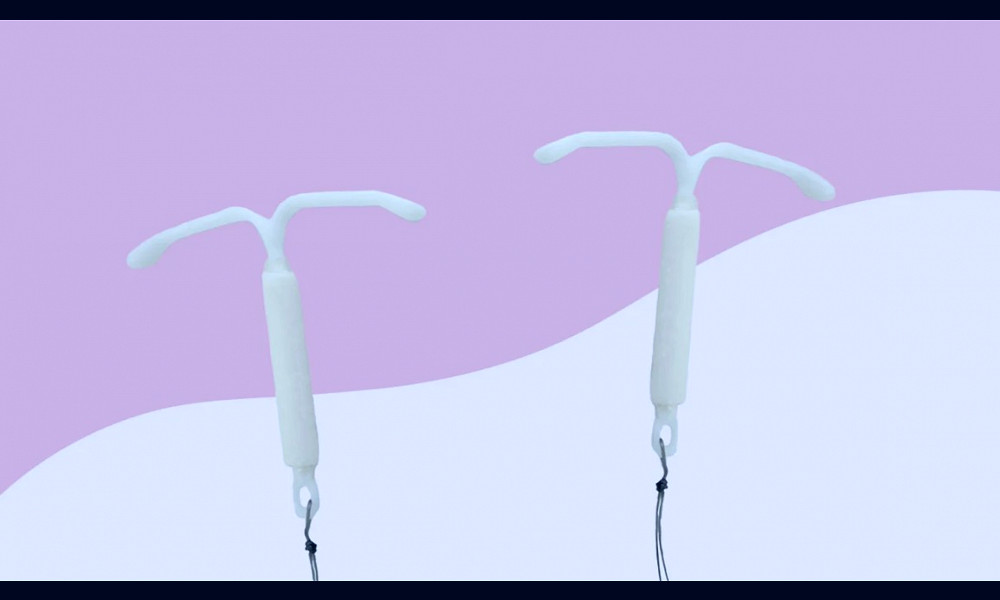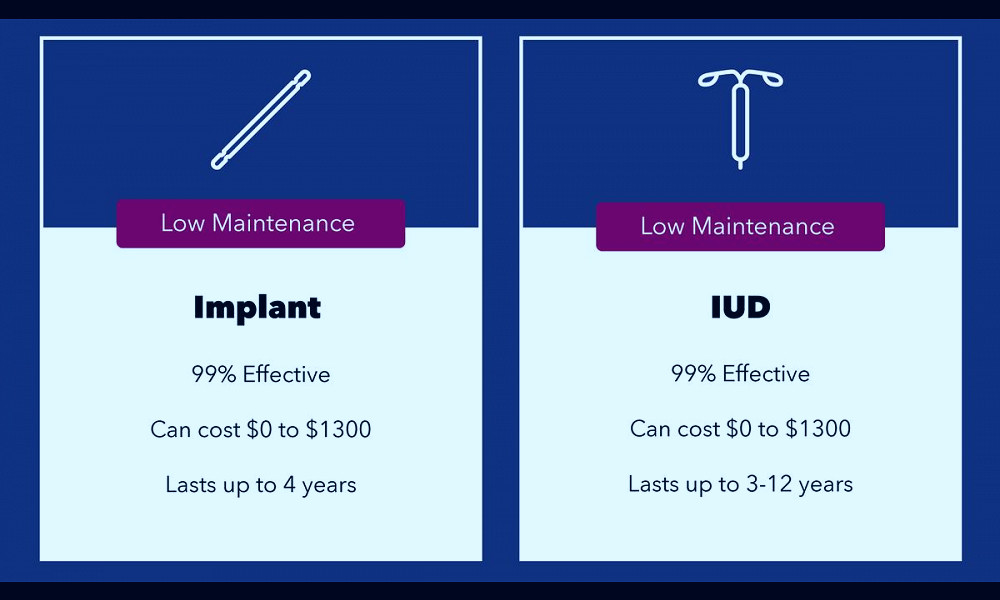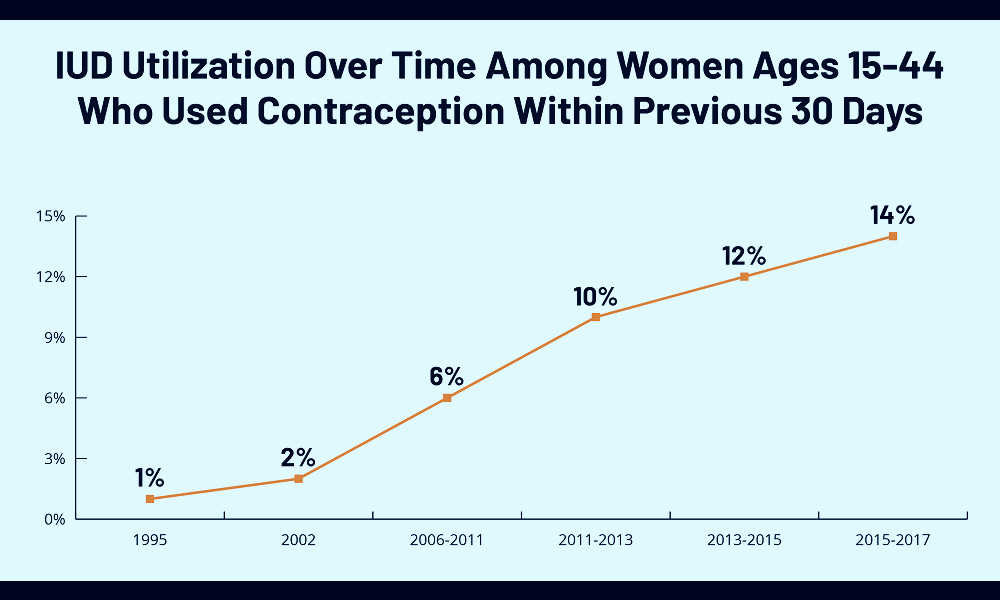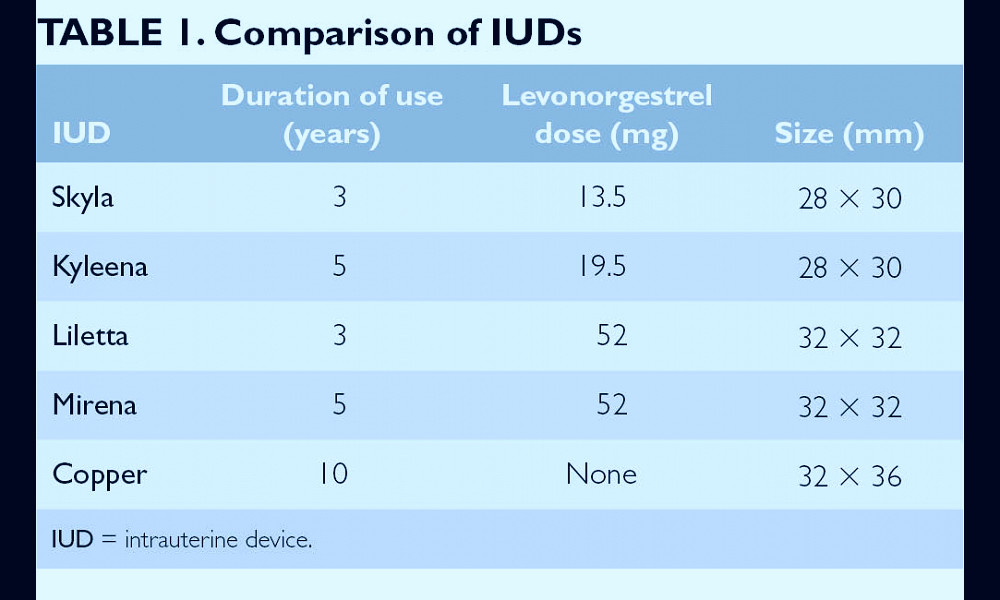
Assessing the Effectiveness and Benefits of Kyleena IUD: A Comprehensive Review
Kyleena is a long-term, reversible birth control option designed for women. It's a small, flexible plastic IUD that is inserted into the uterus and releases a low dose of hormones to prevent pregnancy. Highly effective and convenient, Kyleena offers up to 5 years of continuous pregnancy prevention without the need for daily intake or routine. It's freedom and peace of mind in a tiny package.
Introduction to Kyleena
Kyleena is a long-term, intrauterine device (IUD) that is used for contraception. It is a small, flexible device that is inserted into the uterus by a healthcare provider and can prevent pregnancy for up to five years. Read more
Mechanism of Action
Kyleena works by slowly releasing a low dose of levonorgestrel, a progestin hormone, into the uterus. This hormone thickens the cervical mucus to prevent sperm from reaching the egg and thins the uterine lining to prevent a fertilized egg from attaching. Read more
Efficacy
Clinical trials have shown that Kyleena is over 99% effective at preventing pregnancy. This makes it one of the most effective forms of birth control available today. Read more
Convenience
Unlike daily birth control pills, Kyleena is a "set it and forget it" type of contraception. Once inserted, it provides continuous pregnancy prevention for up to five years or until it is removed. Read more

Safety Profile
Like all medical procedures and devices, Kyleena comes with potential risks. These include perforation of the uterus, expulsion of the device, and increased risk of pelvic inflammatory disease. However, these risks are considered rare. Read more
Side Effects
The most common side effects of Kyleena are irregular bleeding, amenorrhea (absence of menstruation), abdominal/pelvic pain, and ovarian cysts. Most of these side effects decrease over time. Read more
Cost-Efficiency
While the upfront cost of Kyleena can be high, it is often covered by insurance. Additionally, when spread out over five years, it can be more cost-effective than other forms of contraception. Read more
Reversibility
One key benefit of Kyleena is its reversibility. If a woman decides she wants to become pregnant, the device can be easily removed by a healthcare provider, and fertility typically returns quickly. Read more

User Satisfaction
Many women report high levels of satisfaction with Kyleena due to its convenience, efficacy, and minimal side effects. However, individual experiences can vary. Read more
Conclusion
Overall, Kyleena is a highly effective, convenient, and cost-efficient method of contraception. While it does carry potential risks and side effects, these are generally outweighed by its benefits for most women. Always consult with a healthcare provider to determine if Kyleena is the right choice for you. Read more
Read more
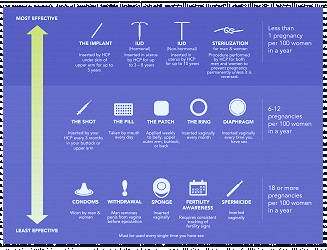 Effectiveness of IUD & Other Options | Information for Patients
Effectiveness of IUD & Other Options | Information for Patients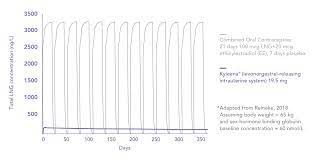 Kyleena® IUD Effectiveness | Official HCP Website
Kyleena® IUD Effectiveness | Official HCP Website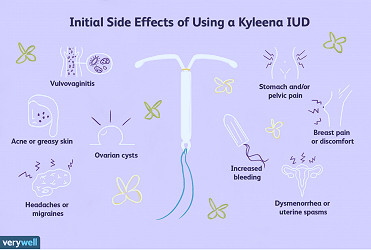 Kyleena intrauterine device - English | Domus Læknar
Kyleena intrauterine device - English | Domus Læknar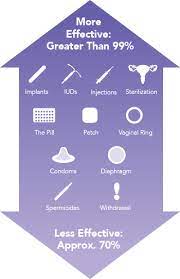 Embry Womens Health - The Kyleena IUD is one of the most effective types of birth control. Check it out compared with our types of birth control. Read more about the Kyleena
Embry Womens Health - The Kyleena IUD is one of the most effective types of birth control. Check it out compared with our types of birth control. Read more about the Kyleena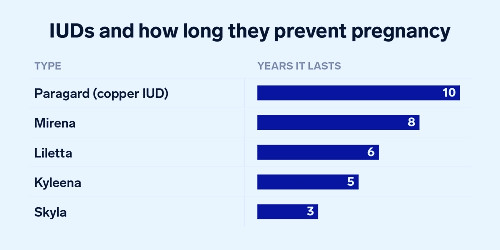 CHART: How Long IUDs Last to Prevent Pregnancy, Plus Side Effects
CHART: How Long IUDs Last to Prevent Pregnancy, Plus Side Effects What is a Kyleena® IUD? | Official Patient Site
What is a Kyleena® IUD? | Official Patient Site Kyleena® IUD Safety Data | Official HCP Website
Kyleena® IUD Safety Data | Official HCP Website What is a Kyleena® IUD? | Official Patient Site
What is a Kyleena® IUD? | Official Patient Site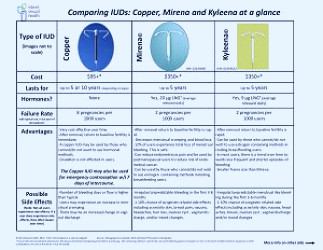 Comparing IUDs : Copper, Mirena and Kyleena | Island Sexual Health
Comparing IUDs : Copper, Mirena and Kyleena | Island Sexual Health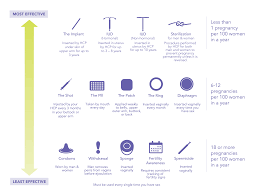 Types of IUDs and How to Choose | KYLEENA® & MIRENA®
Types of IUDs and How to Choose | KYLEENA® & MIRENA®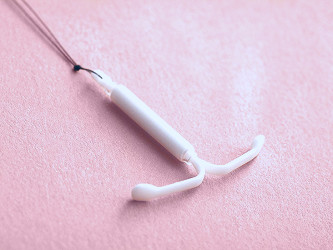 13 Things to Know About the Kyleena IUD
13 Things to Know About the Kyleena IUD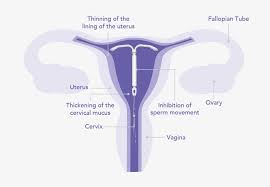 Kyleena® IUD Mechanism of Action | Official HCP Website
Kyleena® IUD Mechanism of Action | Official HCP Website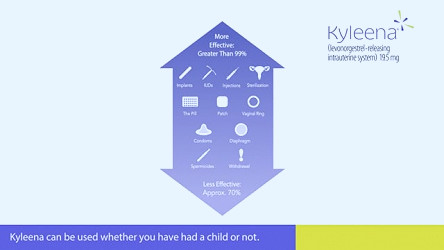 How Kyleena® IUD Works | Official Patient Site
How Kyleena® IUD Works | Official Patient Site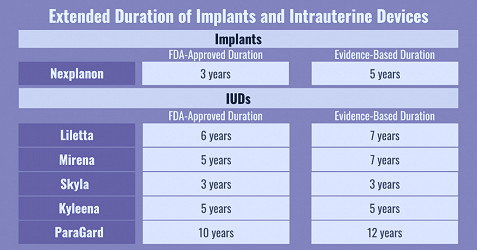 kyleena – Birth Control Pharmacist
kyleena – Birth Control Pharmacist What is a Kyleena® IUD? | Official Patient Site
What is a Kyleena® IUD? | Official Patient Site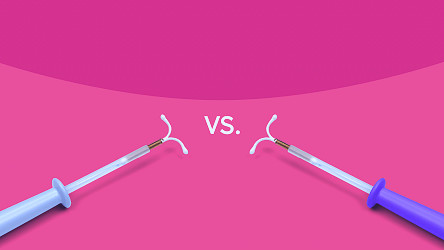 Kyleena vs. Mirena: Differences, similarities, and which is better for you
Kyleena vs. Mirena: Differences, similarities, and which is better for you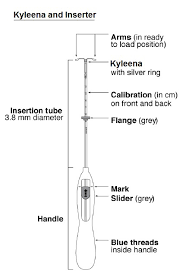 Reference ID: 3987082
Reference ID: 3987082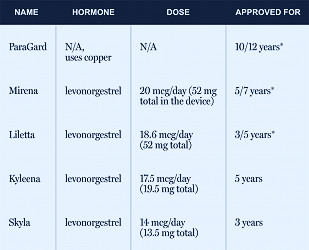 Mayo Clinic OB/GYN on Twitter: "Both the Kyleena and Skyla IUD are lower dose progesterone IUD options. They are still as effective at preventing pregnancy with lower hormone amounts. Women tend to
Mayo Clinic OB/GYN on Twitter: "Both the Kyleena and Skyla IUD are lower dose progesterone IUD options. They are still as effective at preventing pregnancy with lower hormone amounts. Women tend to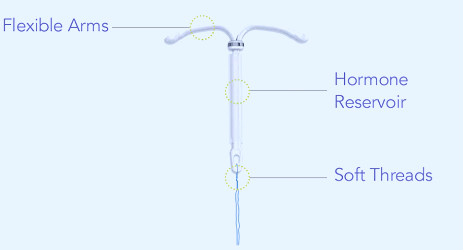 What the Kyleena is and why consider it
What the Kyleena is and why consider it Kyleena - an IUD option with less hormones - IUD - התקנים תוך רחמיים
Kyleena - an IUD option with less hormones - IUD - התקנים תוך רחמיים 